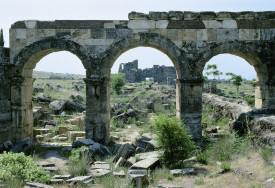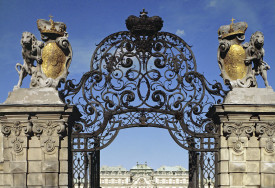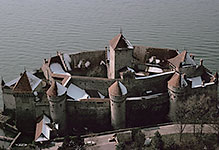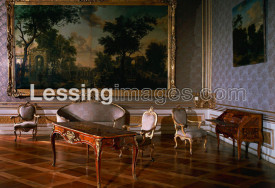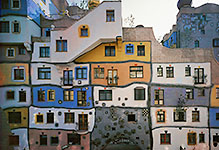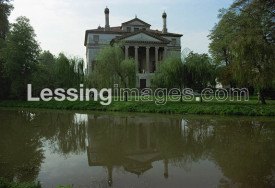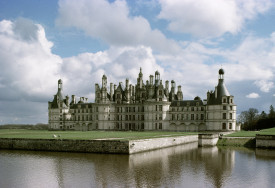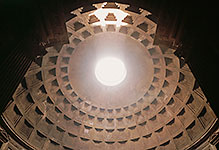
Architecture
From ancient Egypt, Greece and Rome to modern times

#03080116
Pharaoh (with Saxon Witan) has the chief baker hanged; left, the chief butler is...

#03080117
God descends, by means of a ladder, to witness the building of the Tower of Babe...

#03080118
Building the Tower of Babel - De Linguis Gentilum. From "De Universo" by Rabano...

#03080119
A monk catches the Devil - De Exorcismus. From "De Universo" by Rabano Mauro (7...

#03080122
Saint Dunstan (Archbishop of Canterbury 961–980) writing the Rule of Saint Bene...

#03080124
Rulebook from a monastery college showing the students' daily lives and training...

#03080125
Peter the Hermit shows the crusaders the way to Jerusalem during the first crusa...

#03080129
The Jacquerie at Meaux (1358). From Jean Froissart's Chroniques; Bruges, Belgiu...

#03080130
Manesse Codex (sheet 11v): Duke Heinrich IV of Schlesien Breslau (around 1253-12...

#03080131
Manesse Codex (sheet 13r): Margrave Otto IV of Brandenburg (1266-1309) carries t...

#03080133
Manesse Codex (sheet 163v): Minstrel Rubin (13th) shown with crossbow. The Ma...

#03080135
Manesse Codex (sheet 229v): Siege of the Wartburg (1260/61). The Manesse Code...
